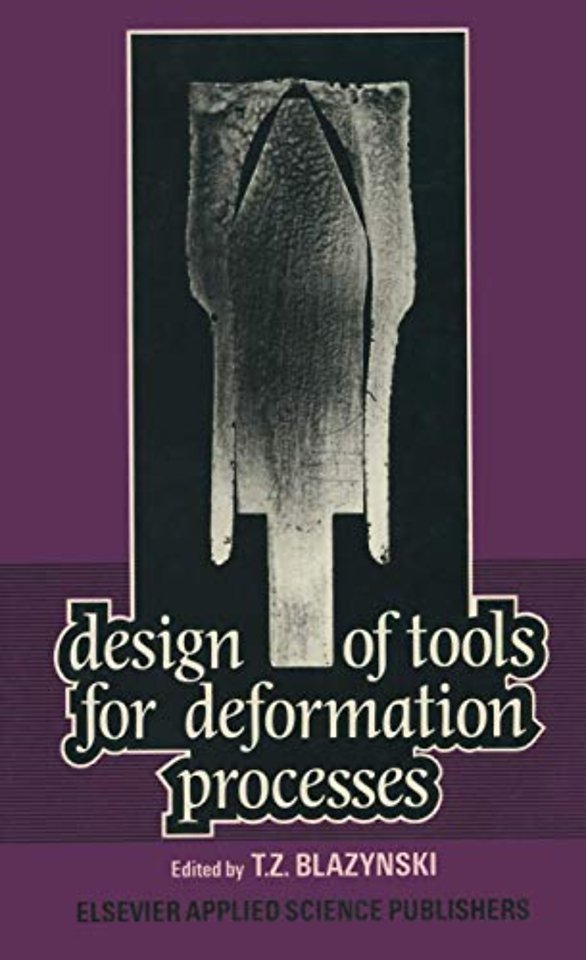Design of Tools for Deformation Processes
Samenvatting
Although the problem of tool design - involving both the selection of suitable geometry and material- has exercised the attention of metal forming engineers for as long as this industrial activity has existed, the approach to its solution has been generally that of the 'trial and error' variety. It is only relatively recently that the continuing expansion of the bulk metal-forming industry, combined with an increase in the degree of sophistication required of its products and processes, has focussed attention on the problem of optimisation of tool design. This, in turn, produced a considerable expansion of theoretical and practical investi gations of the existing methods, techniques r,nd concepts, and helped to systematise our thinking and ideas in this area of engineering activity. In the virtual absence, so far, of a single, encyclopaedic, but sufficien tly deep, summation of the state of the art, a group of engineers and materials scientists felt that an opportune moment had arrived to try and produce, concisely, answers to many tool designers' dilemmas. This book attempts to set, in perspective, the existing - and proven - concepts of design, to show their respective advantages and weaknesses and to indicate how they should be applied to the individual main forming processes of rolling, drawing, extrusion and forging.

